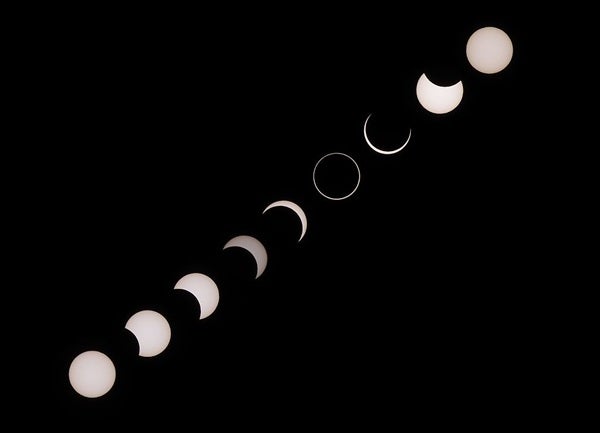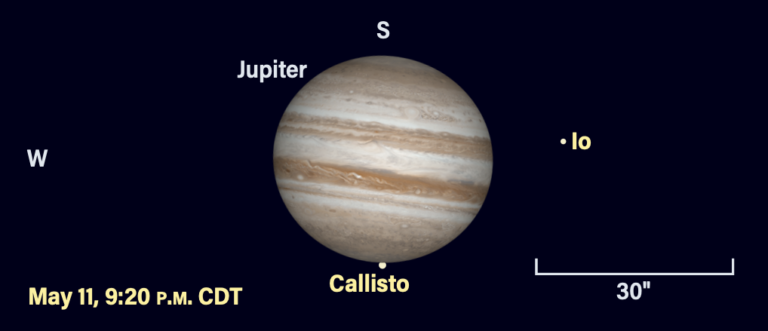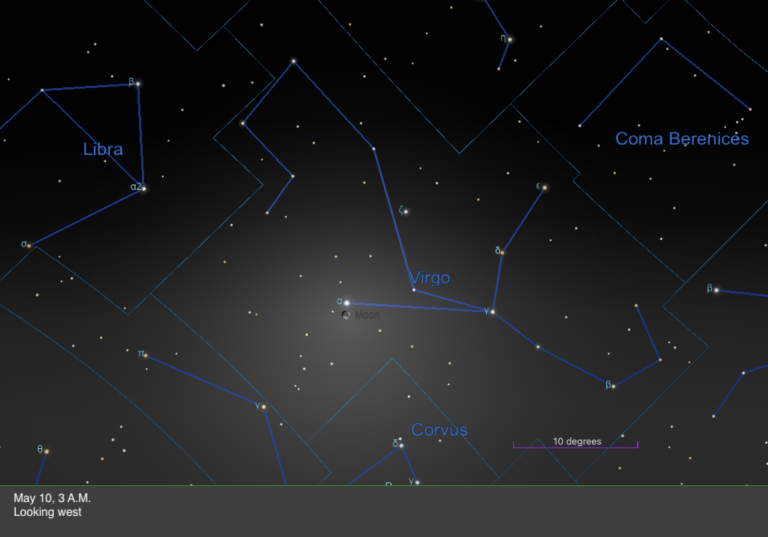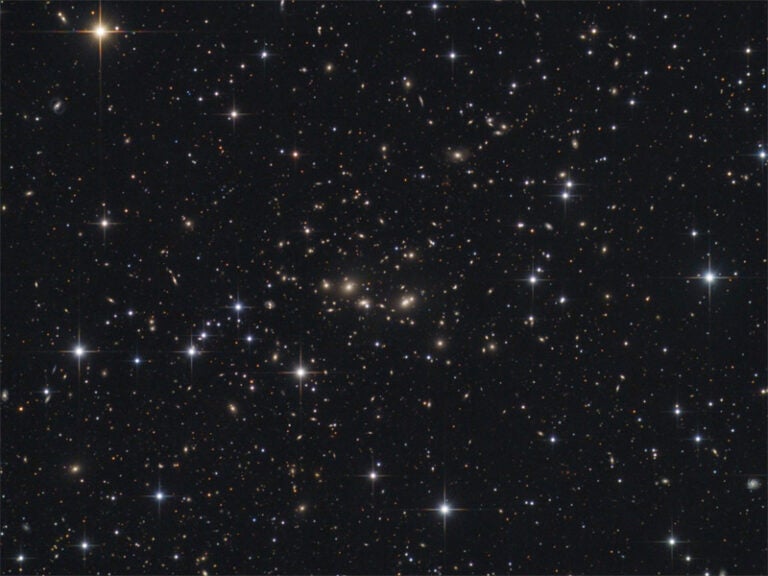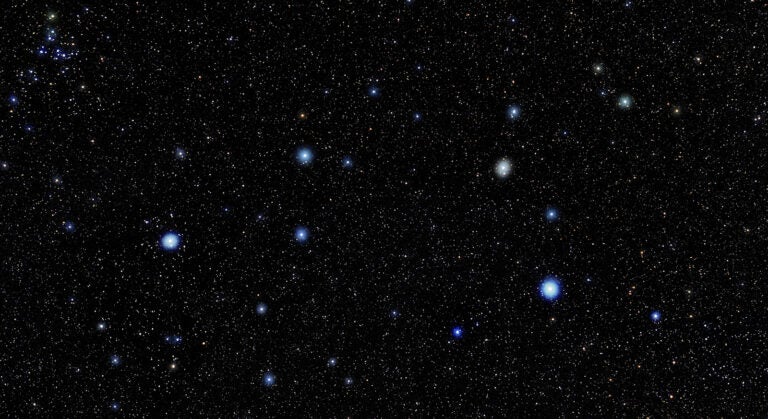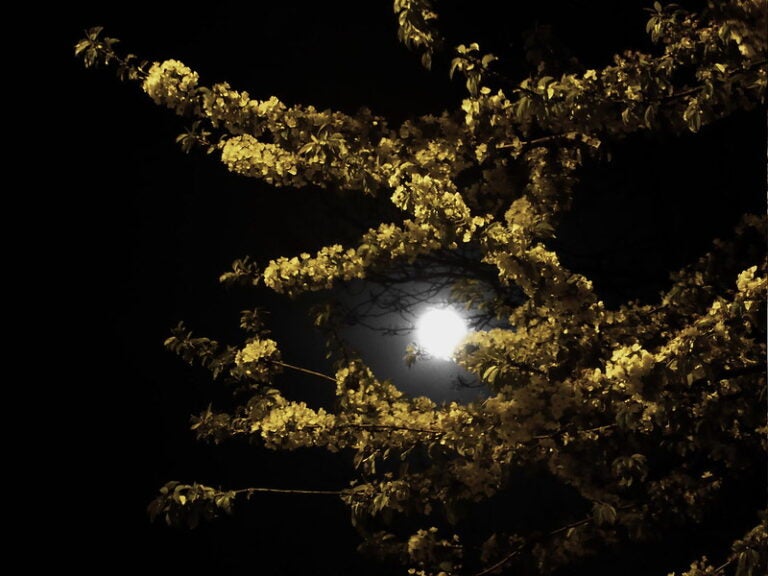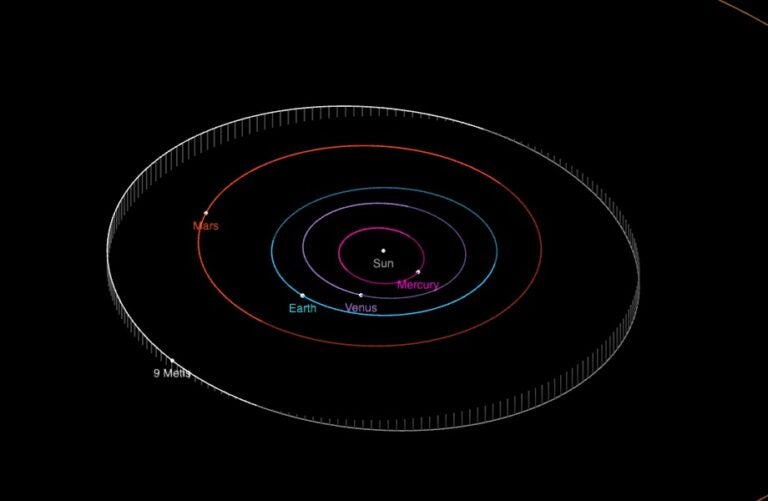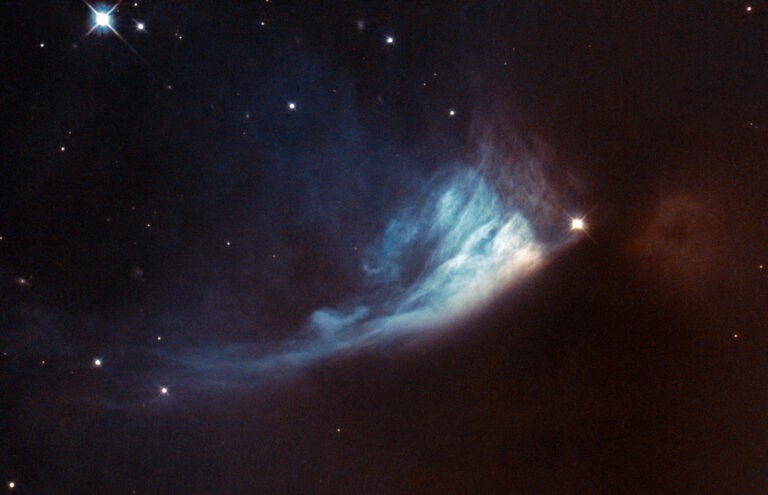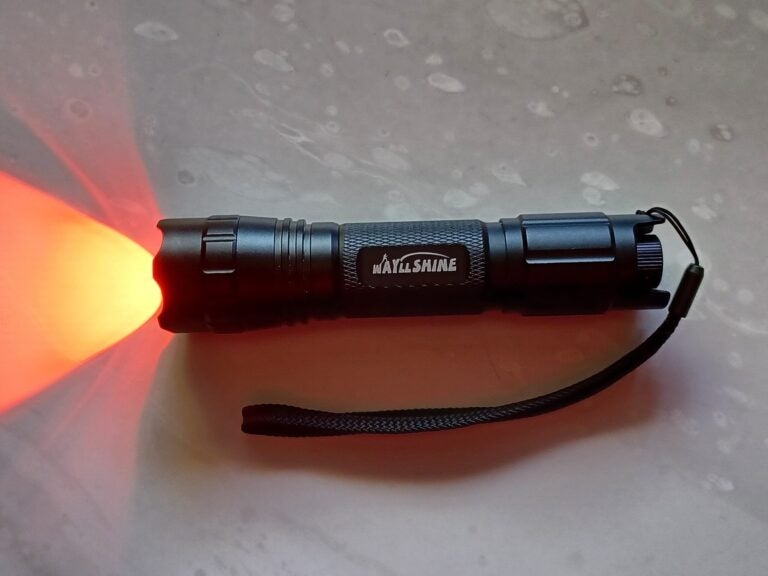During the eclipse, the Eclipse Megamovie project is deploying over 1,000 amateur astronomers, photographers, and other volunteers across the country. As their images pour in, the team will begin combining them into the first-ever continuous 90-minute observation of the Sun’s corona. Compared with the longest eclipse visible on August 21, just under three minutes of totality, this dataset will be a huge leap forward for scientists looking to understand how our parent star behaves.
Even the longest eclipse possible from Earth, about seven minutes, can’t come close to the end result of the Eclipse Megamovie project. This type of project has never before been possible, because of either the geometry of the eclipse path or the limitations of current technology.
While the initial movies released Monday night will be brief, they’ll represent the first step toward amassing the longest continuous observation of the solar corona in history.
And even if you aren’t associated with the project, the Eclipse Megamovie project wants your photos. You can upload your pictures of the Great American Eclipse via their app (available on iTunes and the Google Play store) or on their website. All submissions will be archived and become available for future scientific use.
Astronomy magazine is also looking for eclipse picture submissions; the top images will be featured in our December 2017 issue.

